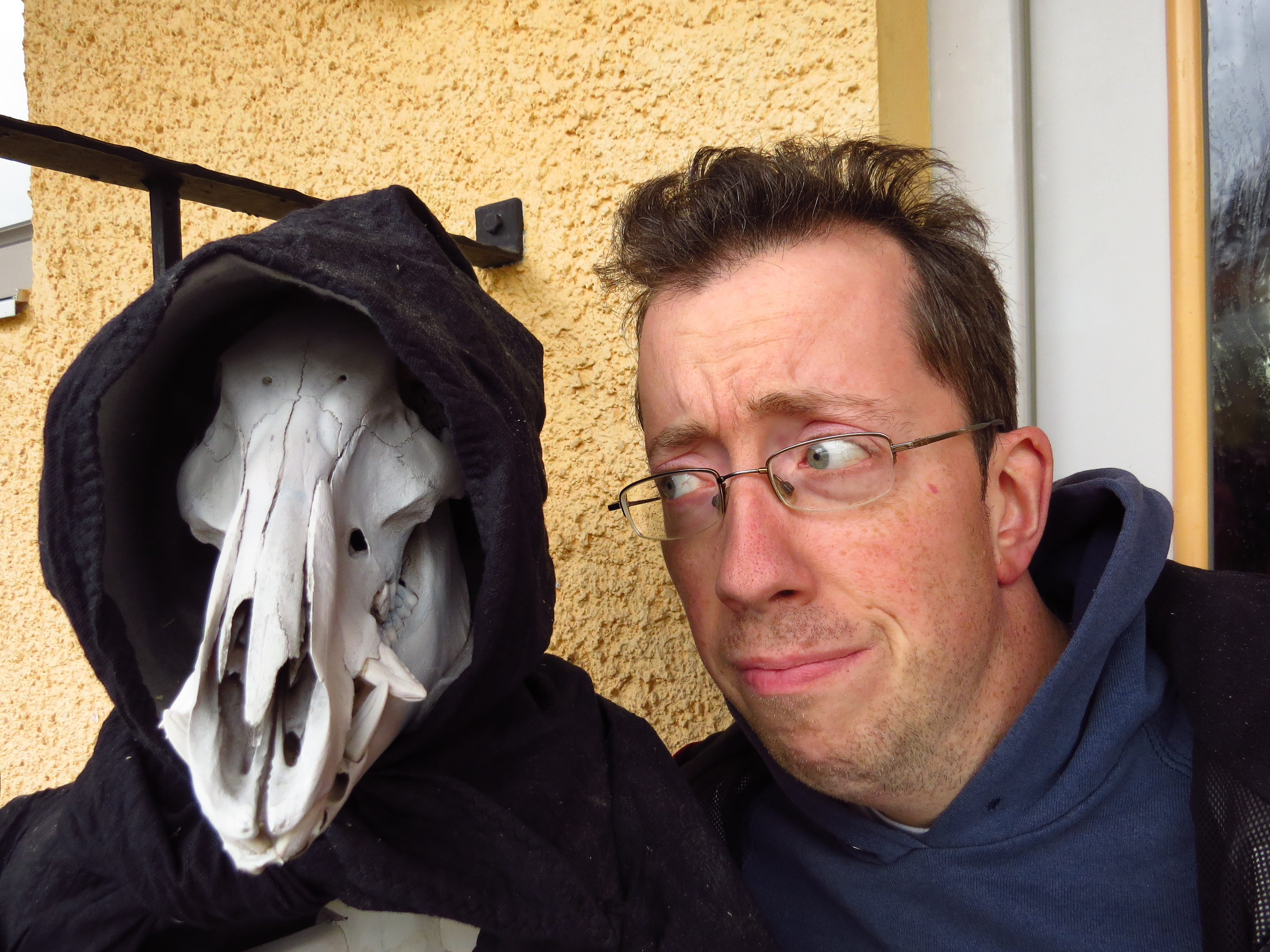Are you looking for a hobby where you get to supervise thousands of workers? Do you want to do your part for the environment? Do you want to harvest liquid sunlight? Then Beekeeping is the way to go for you! This series of blog posts will cover all the basics from a maker perspective. While I try to convey some of the practical knowledge gained through decades of trial and error (not all decades my own), I will make it a point to cover the making of your own equipment as well as multiple ways to go about it. So follow me on this side-journey and start your own beekeeping adventure.
The best way to learn Beekeeping
If you are serious about getting into beekeeping – and for obvious reasons, I hope you will be, eventually – you should look for a beekeepers’ association or club near you. The best way to learn is to learn from someone who is already doing it, hands down. Most beekeepers I know are happy to share their knowledge, knowing that there is no such thing as “too many bees”. They can also help you get hold of a hive – many beekeepers sell surplus hives in spring, or pass on caught swarms to those who need them.
Danger!
Yes, bees sting. I have had my share of bee venom, including that one time when my ankle swoll up in a funny way. Seriously, though, if you are allergic to bee stings then you should probably not start beekeeping. On the other hand, I have heard of beekeepers who are allergic and keep the appropriate medical emergency supplies handy at their beehouse.
The most important thing is that if I get stung, it is my fault. Either I threatened the bee or the hive, and they are trying to defend themselves. Keeping that in mind, the bee that stung you will then die. Maybe not immediately, but for certain.
Now, if you get stung the first order of business is to remove the stinger, which will otherwise keep adding venom and irritate the wound. Next, you can do a few things to keep the swelling down. The most effective one is to use a “sting pen” (The one I am using is called “Bite Away” (affiliate link)). This battery-powered device will heat up the spot of the sting for a few seconds to destroy the venom, basically. It might hurt for a moment, but it is definitely the way to go on the long run, and I have made some good experiences with it.
Alternatives are to find plants that have a soothing effect, crush a leaf and spread it on the sting. Around here, I would be looking for plantain or buckhorn plantain, but your local nature apothecary might vary.
What to expect
My goal with this series is to give you an overview of what beekeeping is all about, as well as what you can make yourself. You can also buy most of what you need, and you have to decide for yourself where you draw the line of cost-effectiveness.
I have some topics lined up, but to keep “organizational blindness” at bay I would appreciate your feedback and any questions you might have. Of course, you can also check out my projects that have nothing to do with bees, as well as the weird stuff which generally has little to do with sanity. And it cannot hurt to subscribe to my newsletter, can it? One way to find out!
As always, remember to Be(e) inspired!
(Featured Image by Bianca Ackermann on Unsplash)
Inspire your inbox!
Subscribe and never miss a project!
Thank you for subscribing!
Something went wrong...
We respect your privacy and take protecting it seriously!
